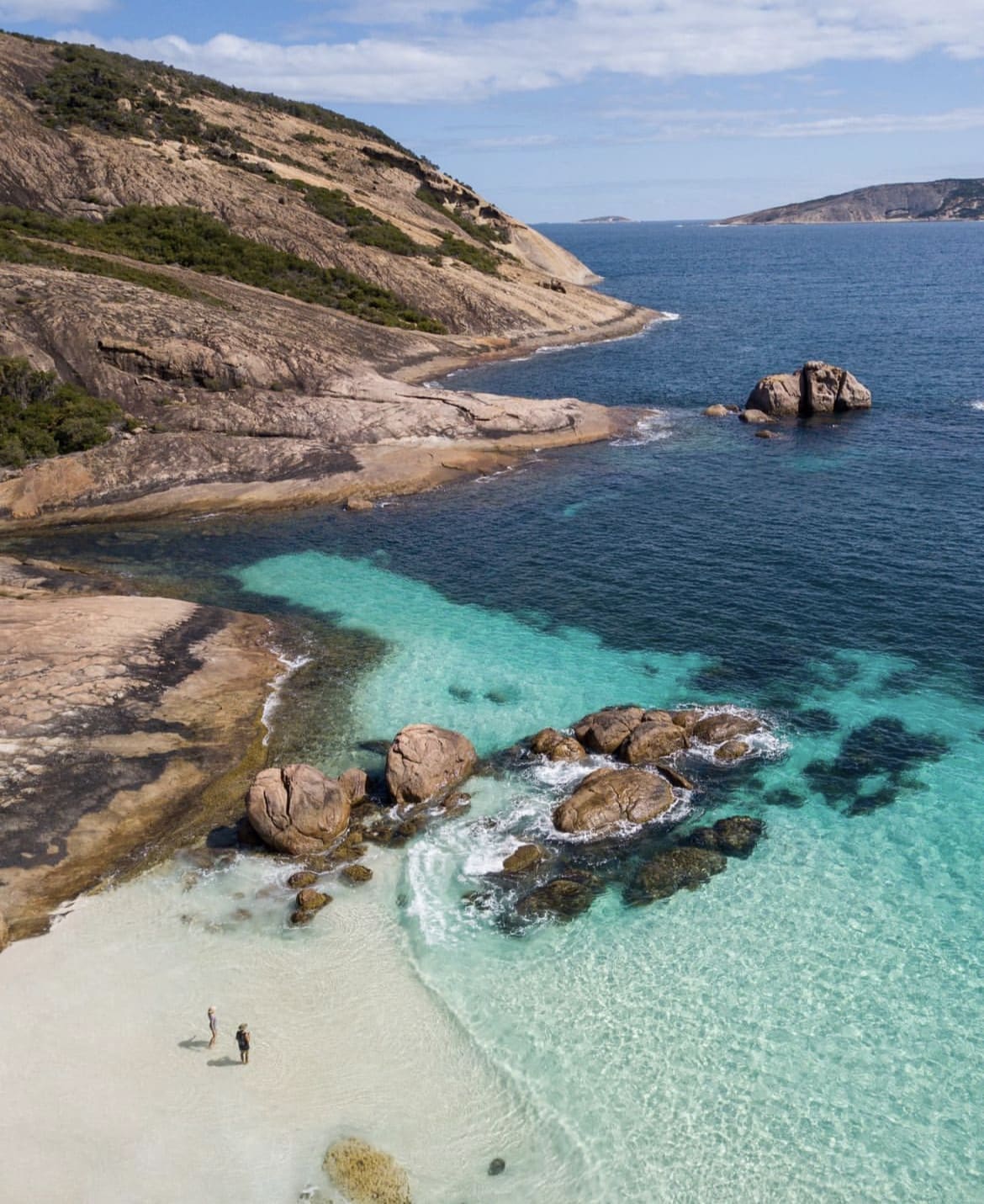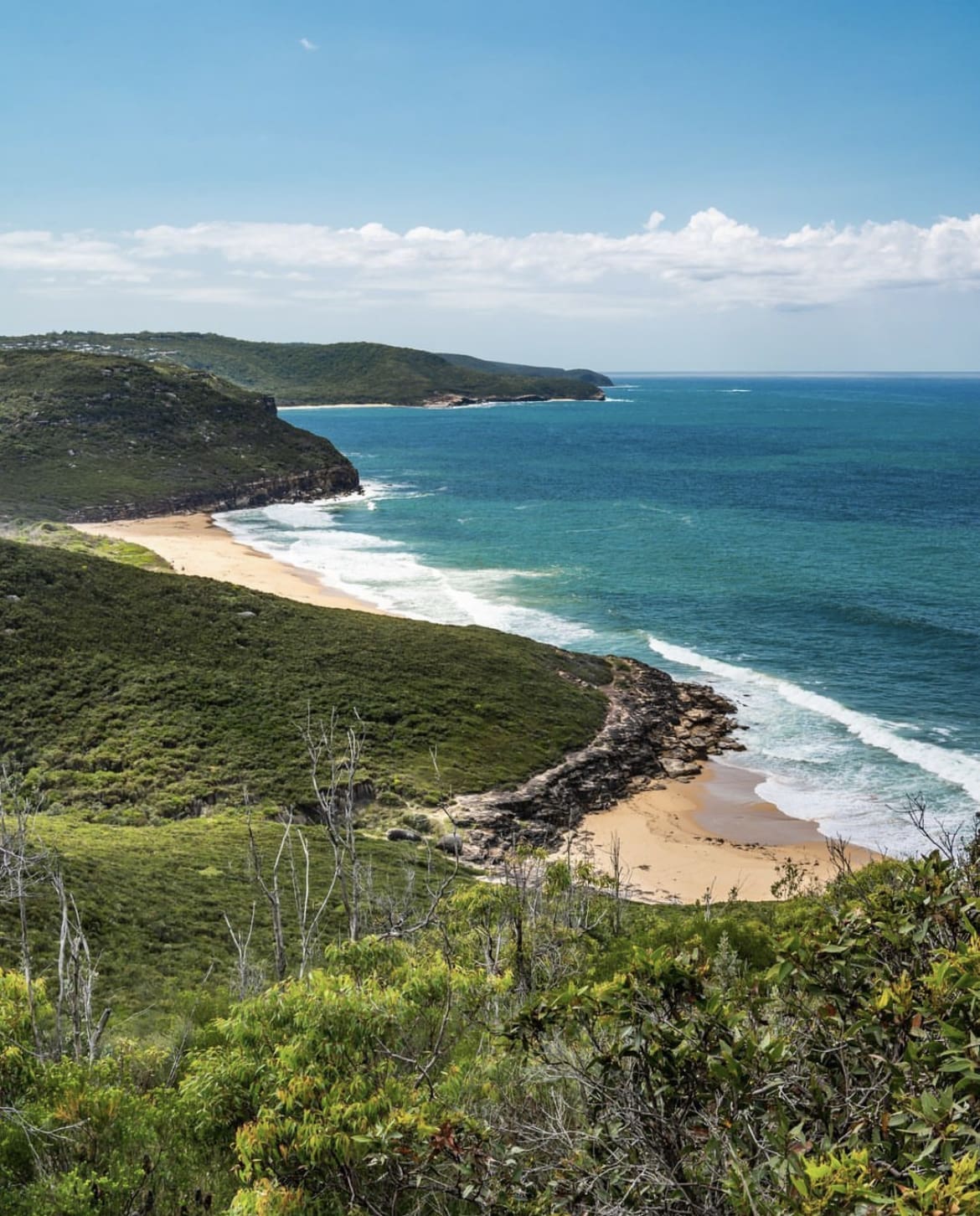Australia is renowned for its stunning natural landscapes, and is home to some of the world’s most beautiful coastal national parks.
These parks, where the bushland meets the sea, offer a unique blend of pristine beaches, rich wildlife, and lush forests. In this guide, we delve into the enchanting world of Australia’s coastal national parks, showcasing their beauty and the myriad of adventures they offer.
From the iconic Great Barrier Reef to the secluded bays of Freycinet, each park is a world of its own, waiting to be explored.
Australia’s coastal national parks are more than just beach destinations; they are ecological sanctuaries and cultural hotspots that captivate the heart of every visitor.
These parks protect diverse ecosystems, ranging from marine life-rich coral reefs to dense coastal bushlands. They serve as a haven for a variety of wildlife and are deeply intertwined with the Aboriginal cultural heritage, offering a glimpse into the ancient traditions and stories of the land.
Discovering the Top 10 Coastal National Parks in Australia
1. Great Barrier Reef Marine Park, Queensland
Perhaps the most famous of all, the Great Barrier Reef Marine Park is a majestic underwater world that stretches over 2,300 kilometers along the Queensland coast. This UNESCO World Heritage site is a mosaic of 2,900 individual reefs and 900 islands. Here, visitors can indulge in snorkeling and diving to witness an astounding array of marine life, including colorful coral, fish, turtles, and even whales. T
he park is accessible via boat tours from various locations like Cairns and the Whitsunday Islands. Cost-wise, tours vary, offering options for every budget, from day trips to luxury live-aboard experiences.

2. Freycinet National Park, Tasmania
Freycinet National Park is a gem on Tasmania’s east coast, famed for its stunning Wineglass Bay. The park’s granite peaks and white sandy beaches create a picturesque setting for a range of activities.
Hikers can enjoy trails leading to breathtaking lookouts, while kayakers can paddle around the serene bays. Wildlife enthusiasts will be thrilled to spot wallabies and sea birds. Entry to the park requires a valid parks pass, and there are camping facilities available for those wishing to stay overnight.

3. Kakadu National Park, Northern Territory
In the heart of Australia’s Top End, Kakadu National Park offers a unique blend of wetlands, wildlife, and ancient indigenous rock art. It’s a place that changes dramatically with the seasons, from lush greenery in the wet season to dry, open landscapes in the dry season.
Activities include bird watching, taking scenic river cruises, and exploring the diverse bushwalking trails. The park is also a significant cultural site, with areas that tell the stories of the land’s traditional custodians.

4. Port Campbell National Park, Victoria
Home to the iconic Twelve Apostles, Port Campbell National Park on the Great Ocean Road is a showcase of the power of nature. The park features an array of natural limestone and sandstone rock formations carved out by the Southern Ocean.
Visitors can take scenic coastal walks, enjoy birdwatching, or visit during dusk and dawn for spectacular photography opportunities. The park is free to enter, and there are several nearby towns for accommodation.
5. Wilson’s Promontory National Park, Victoria
Affectionately known as ‘The Prom,’ this southernmost tip of mainland Australia is a hiker’s paradise, offering some of the best bushwalking trails in the country. Its rugged granite mountains and verdant forests lead to expansive white beaches and turquoise waters.
Activities here include bushwalking, camping under the stars, and wildlife watching, where one might spot kangaroos, wombats, and an array of birdlife.
The park has a range of camping options, from basic tent sites to cabins, suitable for families and solo adventurers alike.
6. Noosa National Park, Queensland
A stone’s throw away from the bustling streets of Noosa, this national park is a haven for surfers, hikers, and nature lovers. It boasts some of the most picturesque coastal trails in Australia, leading to hidden coves and sweeping beach views.
The park is famous for its koala population, making it a prime spot for wildlife enthusiasts. With no entry fee, it’s a perfect spot for day trips, offering various activities like surfing at Alexandria Bay or walking the coastal path to Hell’s Gates.

7. Cape Le Grand National Park, Western Australia
Known for its stunning coastal scenery, Cape Le Grand is a place of pure white sandy beaches and turquoise waters, set against a backdrop of massive granite peaks. Bushwalking trails range from easy walks to challenging hikes up Frenchman Peak.
The park is also a great spot for beach camping, with several campsites offering basic facilities. The park’s remote location means fewer crowds, offering a tranquil escape into nature.

8. Royal National Park, New South Wales
As the world’s second-oldest national park, located just south of Sydney, the Royal National Park offers a diverse range of landscapes from coastal cliffs to eucalyptus bushland. The famous Coast Track offers stunning views and is a must-do for keen hikers.
The park is also ideal for picnics, bird watching, and whale watching during migration seasons. Visitor centers in the park provide guided tours and insights into the park’s history and ecology.

9. Ningaloo Marine Park, Western Australia
This World Heritage-listed park is famous for its remarkable coral reef, located just offshore. Ningaloo is one of the rare places where you can swim with the gentle whale sharks.
Other activities include snorkeling among the colorful reefs and spotting turtles, manta rays, and humpback whales. The park requires no entry fee, but activities like whale shark swims are conducted by licensed tour operators and need to be booked in advance.

10. Bouddi National Park, New South Wales
A hidden treasure on the Central Coast, Bouddi National Park features stunning coastal walks, secluded beaches, and rich Aboriginal cultural sites. The park’s diverse landscapes make it ideal for bushwalking, birdwatching, and beach camping.
It’s a relatively easy drive from Sydney, making it perfect for weekend getaways. The park has several campgrounds, with some accessible only on foot, offering a true bush experience.

Essential Tips for Exploring Coastal National Parks
Exploring Australia’s coastal national parks is a mesmerizing experience, but it requires careful planning and respect for the environment. Here are some essential tips for visitors:
- Check Weather and Alerts: Always check the weather forecast and park alerts before setting out. Conditions can change rapidly, especially in coastal areas.
- Respect the Environment: Stick to marked trails to prevent erosion and protect native plants. Remember to leave no trace by taking all rubbish with you.
- Wildlife Encounters: Enjoy observing wildlife but maintain a safe distance. Feeding or disturbing animals disrupts their natural behavior and habitat.
- Best Times to Visit: Consider visiting during shoulder seasons to avoid crowds and enjoy milder weather. Each park has its own best time to visit, so research beforehand.
- Safety Precautions: Always carry sufficient water, wear appropriate clothing, and inform someone about your travel plans, especially when undertaking remote hikes.
The Wildlife of Australia’s Coastal National Parks
Australia’s coastal national parks are teeming with unique and diverse wildlife, offering visitors a chance to encounter some of the country’s most iconic species. Here’s what you can expect:
- Varied Habitats, Diverse Species: From marine creatures in the Great Barrier Reef to terrestrial wildlife in bushland areas, these parks are biodiversity hotspots.
- Birdwatching Havens: Coastal parks like Kakadu and Wilson’s Promontory are excellent for birdwatching, with species ranging from sea eagles to penguins.
- Marine Wildlife Encounters: Snorkeling or diving in parks like Ningaloo Marine Park can bring you face-to-face with turtles, reef sharks, and colorful fish.
- Responsible Wildlife Viewing: Use binoculars for a closer look, avoid feeding animals, and follow guidelines provided by the park authorities to minimize human impact.
Adventure and Relaxation: Activities in Coastal National Parks
- Hiking and Bushwalking: Parks like Freycinet and Royal National Park offer trails ranging from easy walks to challenging multi-day hikes.
- Water-based Activities: Enjoy snorkeling, kayaking, and swimming in parks with coastal access. The Great Barrier Reef, for example, is a world-class destination for underwater adventures.
- Beach Relaxation: Unwind on some of Australia’s most beautiful beaches in parks like Cape Le Grand, where white sand meets crystal-clear waters.
- Camping Under the Stars: Many parks offer camping facilities, allowing you to immerse yourself in nature. Some like Noosa National Park even offer beachside camping experiences.
- Cultural and Historical Insights: Explore the rich indigenous history and cultural significance of these lands, especially in parks like Kakadu, which are steeped in Aboriginal heritage.
The Uniqueness of Bushland Beaches in Australia
Australia’s coastal national parks offer a unique phenomenon where dense bushland converges with stunning sandy beaches, creating a remarkable blend of ecosystems. This section explores the beauty and ecological importance of these areas.
- A Meeting of Land and Sea: The bushland beaches in Australia, such as those in Freycinet National Park in Tasmania and Bouddi National Park in New South Wales, present a striking contrast where the rugged wilderness meets the tranquility of the ocean. This juxtaposition not only offers breathtaking scenery but also creates diverse habitats for various species.
- Ecological Importance: These regions are ecological powerhouses, supporting a wide range of flora and fauna. The bushland provides a haven for terrestrial wildlife, while the adjacent marine environments are rich in aquatic life. This diversity makes these areas crucial for conservation efforts and ecological studies.
- Featured Parks: In Freycinet, the granite mountains and eucalypt forests descend into the crystal-clear waters of Wineglass Bay, offering stunning vistas and a haven for wildlife. Bouddi National Park, on the other hand, features dramatic cliffs, secluded beaches, and important Indigenous sites, representing a tapestry of natural and cultural history.
- Conservation Efforts: As visitors, it’s vital to recognize the fragility of these ecosystems. Sticking to designated trails, respecting wildlife habitats, and following park guidelines are essential for preserving these unique landscapes.
Practical Information for Visitors
Visiting Australia’s coastal national parks requires some planning, especially concerning logistics, accommodation, and understanding park rules.
- Park Entry Fees and Permits: Most national parks require an entry fee or a valid park pass. Certain activities, like camping or fishing, might require additional permits. It’s best to check the specific park’s website for up-to-date information.
- Accommodation Options: From camping sites in Wilson’s Promontory to eco-lodges in Kakadu, there’s a range of accommodations to suit various tastes and budgets. Booking in advance, especially during peak seasons, is highly recommended.
- Getting There and Around: While some parks, like the Royal National Park, are easily accessible by public transport from nearby cities, others may require a car rental. Within the parks, options vary from walking trails to scenic drives.
Sustainable Tourism in Coastal National Parks
Embracing sustainable practices is crucial in preserving the natural beauty of these parks for future generations.
- Minimizing Environmental Impact: Visitors are encouraged to minimize their footprint by sticking to trails, disposing of waste responsibly, and using eco-friendly products.
- Supporting Local Communities: Choosing local services and products can significantly benefit the surrounding communities and contribute to the local economy.
- Educational Opportunities: Many parks offer educational tours and programs that highlight the importance of conservation and the area’s natural and cultural history.
Conclusion
Australia’s coastal national parks are more than just tourist destinations; they are natural treasures that encapsulate the country’s diverse landscapes and rich cultural heritage. From the underwater marvels of the Great Barrier Reef to the serene bushland beaches of Bouddi, each park offers a unique window into the heart of Australia’s natural beauty. As explorers of these magnificent landscapes, let us tread lightly and responsibly, ensuring these wonders remain intact for generations to come.
